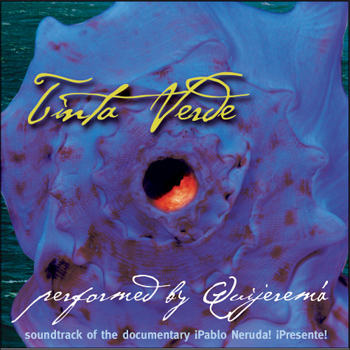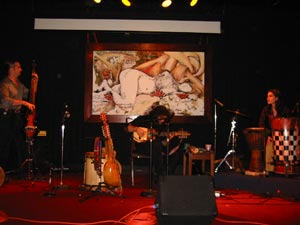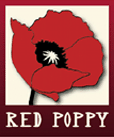
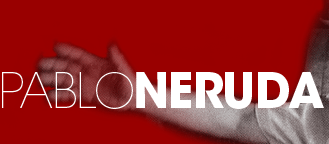
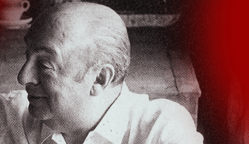
|
Quique Cruz (Claudio Durán Pardo) has composed an exceptional score for the movie with his new dynamic Latin Americana group Quijeremá. It draws from the musical roots of the Americas, incorporating jazz ideals with South American instruments and rhythms. The album is named "Tinta Verde" after the green ink in which Neruda wrote his poems.
Get this amazing album for only $15 including US domestic shipping, all
proceeds go to fund Red Poppy projects. Quique wrote: "The suite is composed in four parts with a flower at its center. The first part begins with tinta verde, in Neruda's southern Chile; a land of rain, forests, volcanoes, and lakes. This music is inspired by the Mapuche people, displaced from their land, still struggling to recover it. We use rhythmic and melodic elements as well as instruments from the region. In the introduction to his memoirs, (1974) Neruda wrote: "Anyone who hasn't been in the Chilean forest doesn't know this planet. I have come out of that landscape, that mud, that silence, to roam, to go singing through the world." When Neruda was forced into exile, (1948) he went south, and on a horse, in a galope winka, he traversed the Mapuche land and crossed the Andes to safety in Argentina. In Residence on Earth, (1933) he included "Dead Gallop," a surrealist poem, almost as a premonition of his later journey. The second part of the suite takes the listener slowly towards the center of the country, with its urban worries. Here we encounter kueca de la espuma (cueca is the national dance of Chile). Then we stop at isla negra, and from the house of the poet, we contemplate the Pacific Ocean, with its chaotic and enigmatic uncertainty. In the middle of the piece, thinking of the love that Neruda had for Matilde Urrutia, a flower grew in the form of a waltz. The third part is a detour from the Chilean journey, via Madrid, Spain, where Neruda lived and worked in the late 1930's. There he had a beautiful home, which he named the house of the flowers. The fascist troops of Franco, bombed and burned la casa de las flores to the ground. He wrote about the event in 1947, in his book The Third Residence. Also, an incident took place that transformed Neruda's life: his beloved friend, the playwright and poet, Federico García Lorca was assassinated by Franco's troops. In the elegy for Lorca, I imagine the playwright pacing, waiting, maybe lighting his last cigarette, before being taken away to be killed and buried anonymously in a mass grave. The piece sings to him and his companions with the tears of Spain. The fourth part, Macchu Picchu, draws from the rhythms, instruments and sounds of the Andean planet. First, the music sings to mother earth, la pachamama, when only pipes, flutes, drums, and seeds were used by musicians-before the Europeans appeared on the horizon. Neruda wrote one of his most celebrated poems "The Heights of Macchu Picchu" after visiting this ancient peak and its ruins. Then, in pachakuti -returning to earth-all the instruments unite to celebrate the never ending return of the poetry of Neruda to our lives. Finally, the suite ends with a reprisal as the bard returns to earth and to us all, on the hundredth anniversary of his birth. Note: the music was recorded mostly live, without metronomes to keep a constructed sense of time. We chose certain takes for their interpretation, letting time flow free, natural, subterranean. . . as in concerts. The composer, Quique Cruz (aka Claudio Durán Pardo) is a Chilean born musician and writer. He has recorded several albums, the latest one tatamonk-with Alex De Grassi-an experiment with Andean and jazz forms. He has been awarded the prestigious Oshita Composer Fellowship by the D'jerassi Foundation in California, and received a National Endowment for the Arts Fellowship, to compose music for his multimedia (musical suite, book, and film) project "Archaeology of Memory." He is a Ph.D. candidate in Modern Thought and Literature at Stanford University. Founded in October 2002 by quique cruz (Chile), jeremy allen (US), and maría fernanda acuña (Venezuela), Quijeremá draws from the musical roots of the Americas, incorporating jazz ideals with South American instruments and rhythms. They define their musical genre as "new latin american music."
|
||||
| |||||
